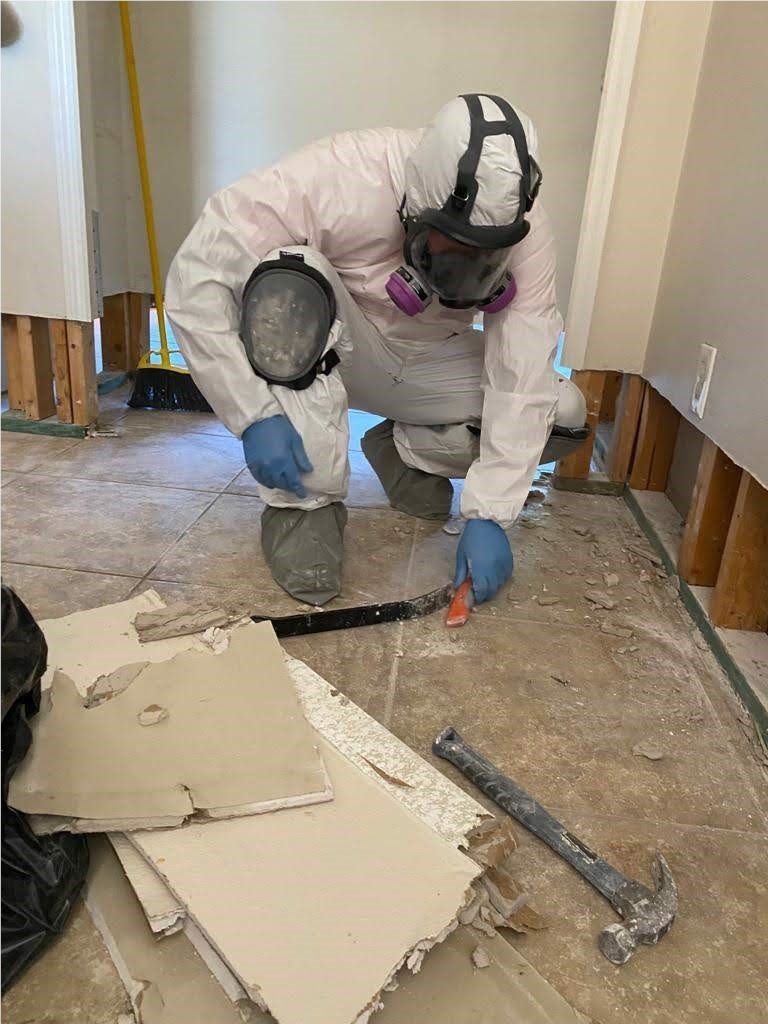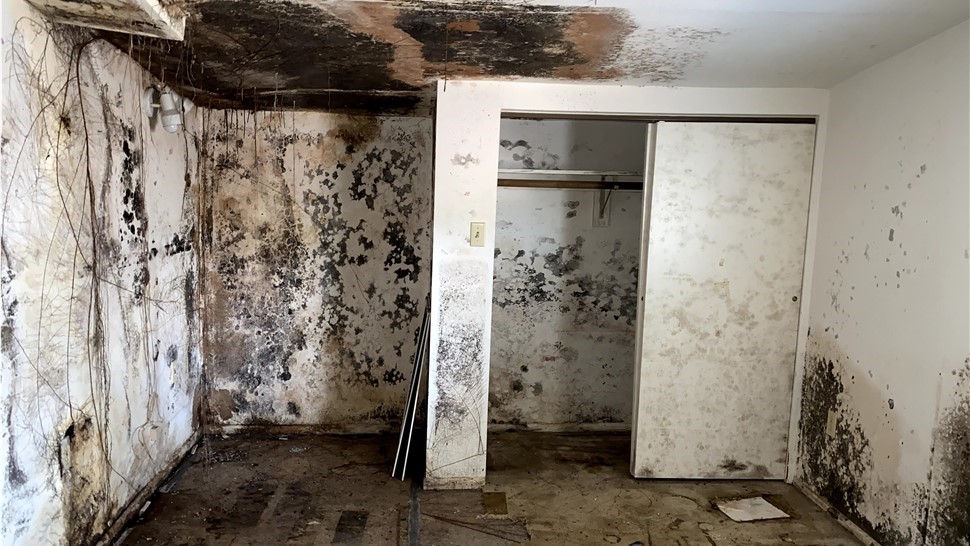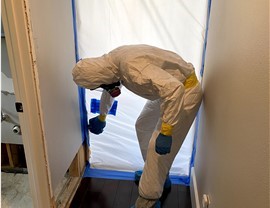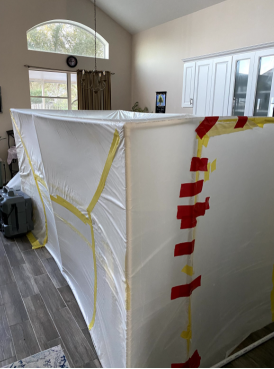
In the wake of a flood, the immediate aftermath is often characterized by chaos, destruction, and uncertainty. Roads transformed into rivers, homes inundated with murky waters, and vital infrastructure left crippled—such scenes paint a grim picture of the havoc wrought by nature's fury. However, amidst the devastation, there exists a beacon of hope: timely restoration efforts that hold the promise of averting further damage and catalyzing the city's recovery process.
In this blog, we delve into the crucial significance of timely restoration in Tampa, exploring how immediate action following a flood event can serve as a powerful antidote to the cascading effects of disaster. From mitigating infrastructure damage to safeguarding public health and restoring essential services, timely restoration emerges as a linchpin in the city's resilience strategy.
Through a comprehensive examination of the challenges, successes, and lessons learned, we aim to unravel the intricate tapestry of factors that shape Tampa's response to flooding and underscore the imperative of proactive measures in safeguarding the city's future.
Immediate Effects of Flood Damage
Infrastructure Damage: Roads, Bridges, and Utilities
Roads and Bridges:
· Disruption of transportation networks: Floodwaters can damage roads and bridges, rendering them impassable.
· Erosion and structural damage: The force of floodwaters can weaken road surfaces and compromise bridge foundations.
Utilities:
· Electrical infrastructure: Floodwaters pose a significant risk to electrical systems, leading to power outages and electrical hazards.
· Water and sewage systems: Infiltration of floodwaters can contaminate drinking water supplies and overwhelm sewage systems, posing health risks.
Property Damage: Homes, Businesses, and Public Buildings
Homes:
· Structural damage: Floodwaters can weaken foundations, walls, and floors, compromising the integrity of homes.
· Contents damage: Personal belongings, furniture, and appliances can be destroyed or damaged by floodwaters.
Businesses:
· Financial losses: Flood damage can result in business closures, loss of inventory, and disruption of operations, leading to financial hardship.
· Infrastructure damage: Floodwaters can damage commercial properties, including retail stores, offices, and manufacturing facilities.
Public Buildings:
· Government facilities: Flood damage to public buildings such as schools, hospitals, and municipal offices can disrupt essential services and emergency response efforts.
· Community spaces: Flood damage to public parks, libraries, and recreational facilities can impact community resilience and well-being.
Health and Safety Hazards: Mold, Contamination, and Electrical Risks

Mold:
· Moisture accumulation: Floodwaters create conducive conditions for mold growth in homes and buildings.
· Health risks: Exposure to mold can trigger respiratory problems, allergies, and other adverse health effects.
Contamination:
· Waterborne pathogens: Floodwaters may contain harmful bacteria, viruses, and pollutants, posing risks to human health.
· Chemical contamination: Spillage of hazardous substances during floods can contaminate water sources and soil, requiring remediation efforts.
Electrical Risks:
· Electrical hazards: Floodwaters can compromise electrical systems, increasing the risk of electric shocks and fires.
· Safety precautions: Disconnection of electrical power and inspection by qualified professionals are necessary to mitigate electrical risks after a flood event.
The Role of Timely Restoration in Mitigating Further Damage
Rapid Response: The Importance of Acting Swiftly After a Flood Event
Mitigating immediate risks: Rapid response efforts aim to minimize the immediate threats posed by floodwaters, such as rescuing individuals, preventing further property damage, and ensuring public safety.
Preventing escalation: Timely intervention can prevent minor issues from escalating into major problems, reducing the overall impact of the flood event on communities.
Coordination and communication: Effective communication and coordination among emergency responders, government agencies, and community stakeholders are essential for a swift and organized response.
Preventing Secondary Damage: Addressing Moisture, Mold, and Structural Issues
Moisture management: Swift removal of standing water and drying out affected structures is crucial to prevent moisture-related damage, such as warping of wood, corrosion of metal, and deterioration of building materials.
Mold remediation: Timely action to address moisture intrusion helps prevent mold growth, which can pose significant health risks and lead to further structural damage if left unchecked.
Structural assessment and repairs: Prompt evaluation of structural integrity allows for timely repairs to damaged buildings, preventing collapse or further deterioration.
Restoring Functionality: Reestablishing Essential Services and Infrastructure
Utility restoration: Prioritizing the restoration of essential utilities such as electricity, water, and sewage services is crucial for community safety and well-being.
Road and transportation infrastructure: Repairing damaged roads, bridges, and transportation networks restores mobility and facilitates access for emergency responders, residents, and businesses.
Community facilities and services: Restoring public buildings, schools, healthcare facilities, and other community amenities ensures the continuity of essential services and supports community recovery efforts.

Challenges and Barriers to Timely Restoration
Financial Constraints: Affordability of Restoration Efforts for Individuals and Communities
Limited resources: Many individuals and communities affected by floods may lack the financial means to undertake timely restoration efforts, especially if they are uninsured or underinsured.
Cost of restoration: The expenses associated with restoring damaged properties, infrastructure, and utilities can be prohibitively high, posing challenges for individuals and local governments.
Economic disparities: Vulnerable populations, including low-income households and marginalized communities, may face disproportionate challenges in accessing financial assistance for restoration efforts.
Regulatory Hurdles: Permitting and Compliance Issues Delaying Restoration Projects
Permitting processes: Obtaining necessary permits for restoration projects, such as building permits and environmental permits, can be time-consuming and bureaucratic, delaying the commencement of restoration activities.
Regulatory compliance: Meeting regulatory requirements and standards adds complexity to restoration projects and may prolong the restoration timeline, particularly if there are environmental or zoning considerations.
Coordination with authorities: Collaborating with government agencies and regulatory bodies to navigate permitting and compliance issues requires careful planning and communication, which can further delay restoration efforts.
Public Awareness and Preparedness: Addressing Gaps in Understanding and Response
· Lack of awareness: Many individuals and communities may underestimate the importance of timely restoration or may not fully understand the potential risks and consequences of delaying restoration efforts.
· Limited preparedness: Insufficient preparedness measures, such as emergency plans and evacuation procedures, can hinder timely response and exacerbate the impacts of flood events.
· Communication challenges: Effective communication and outreach efforts are essential for raising public awareness about the importance of timely restoration and fostering community engagement in preparedness initiatives.

Experience the difference with Flood Pros USA!
If your property has suffered from water damage, fire damage, smoke damage, or mold issues, don't wait any longer. Our dedicated team is available 24/7 to provide expert restoration services and support when you need it most. With our free inspections, certified specialists, and 100% satisfaction guarantee, you can trust us to restore your property to its pre-damage condition.
Take the first step towards recovery and peace of mind by contacting Flood Pros USA today for your free inspection and quote.
Subscribe to Flood Pros USA's Blog







Comments